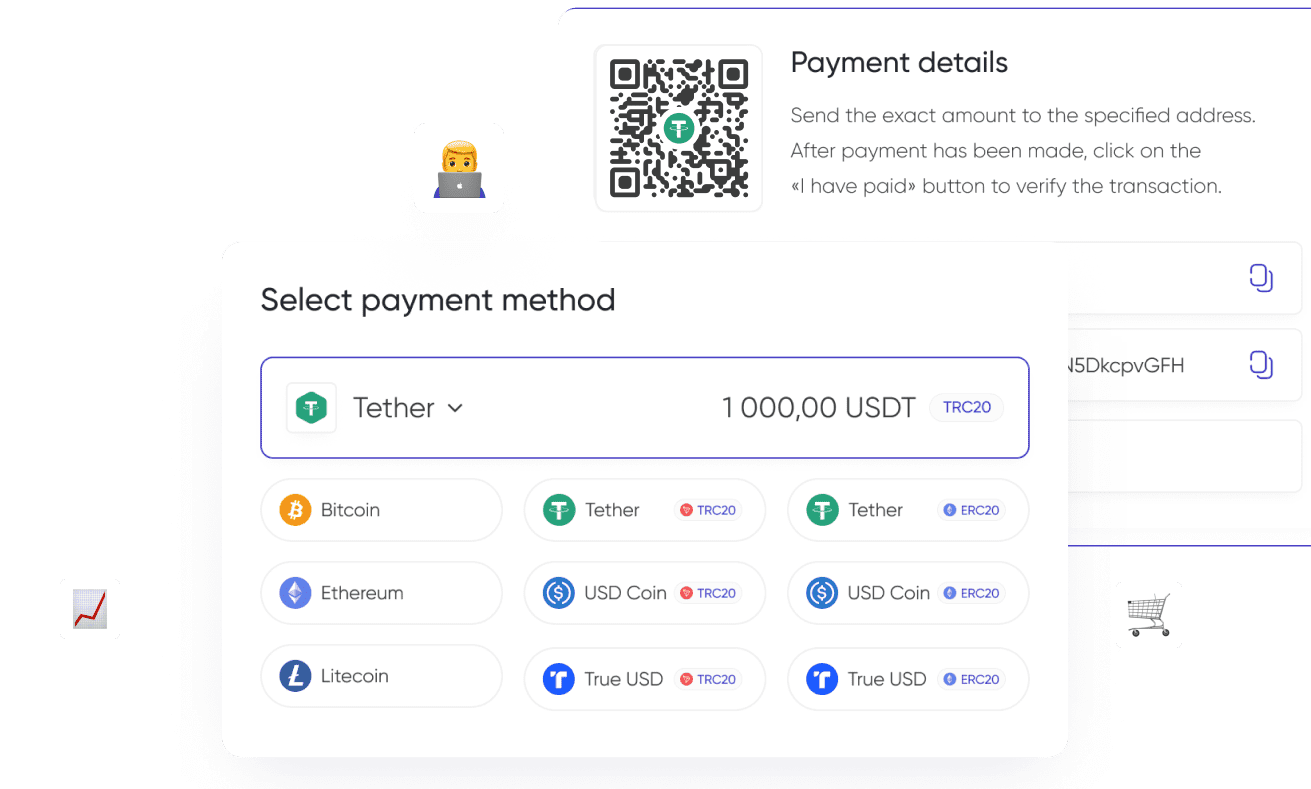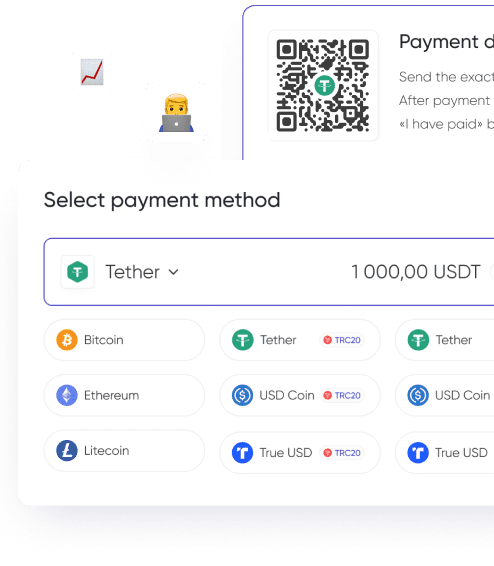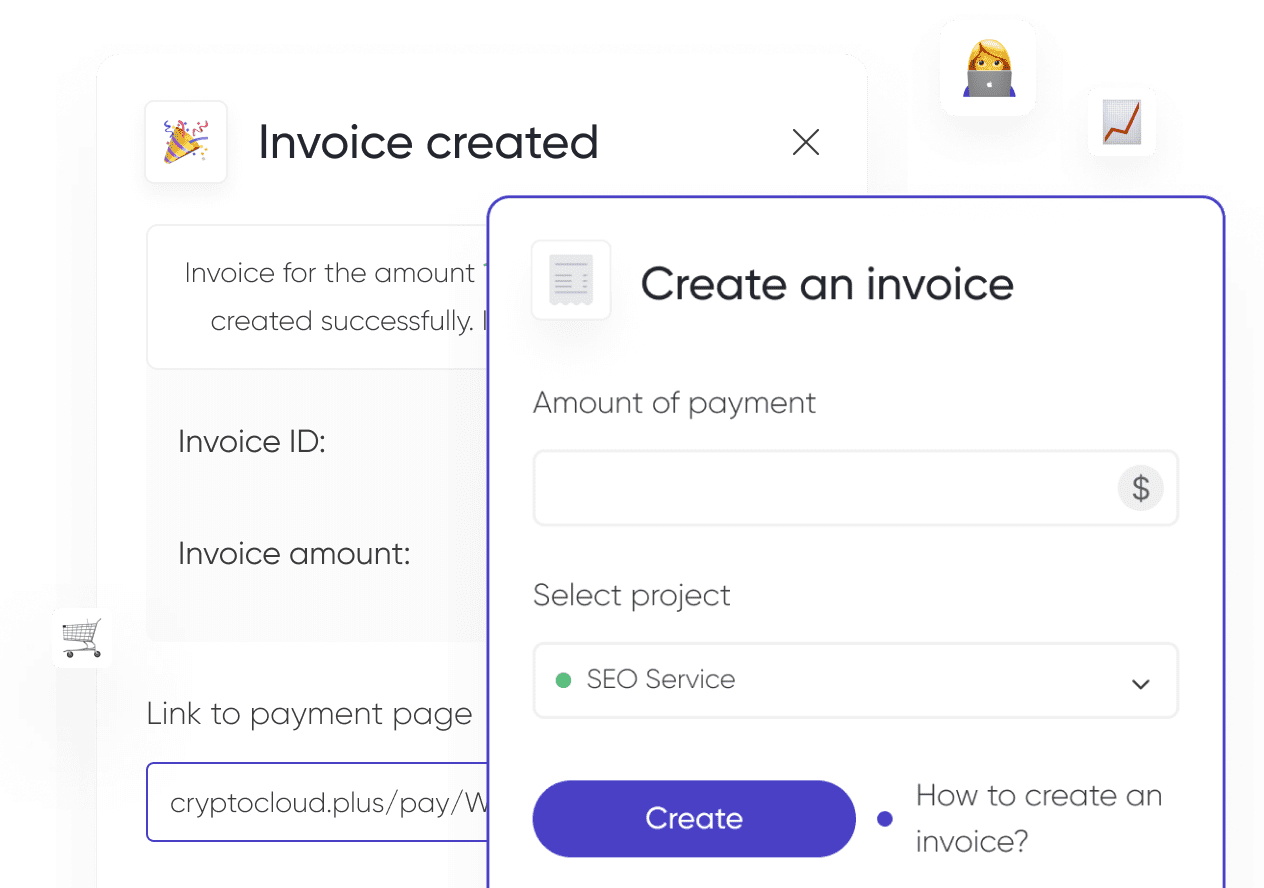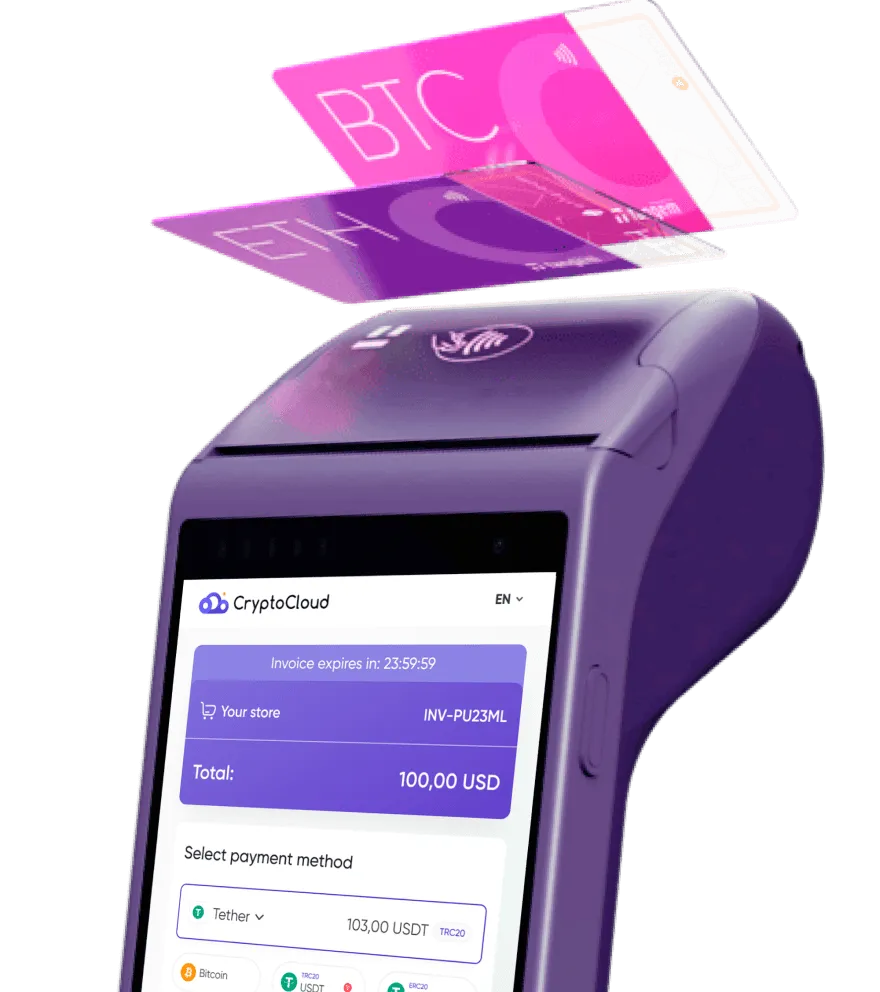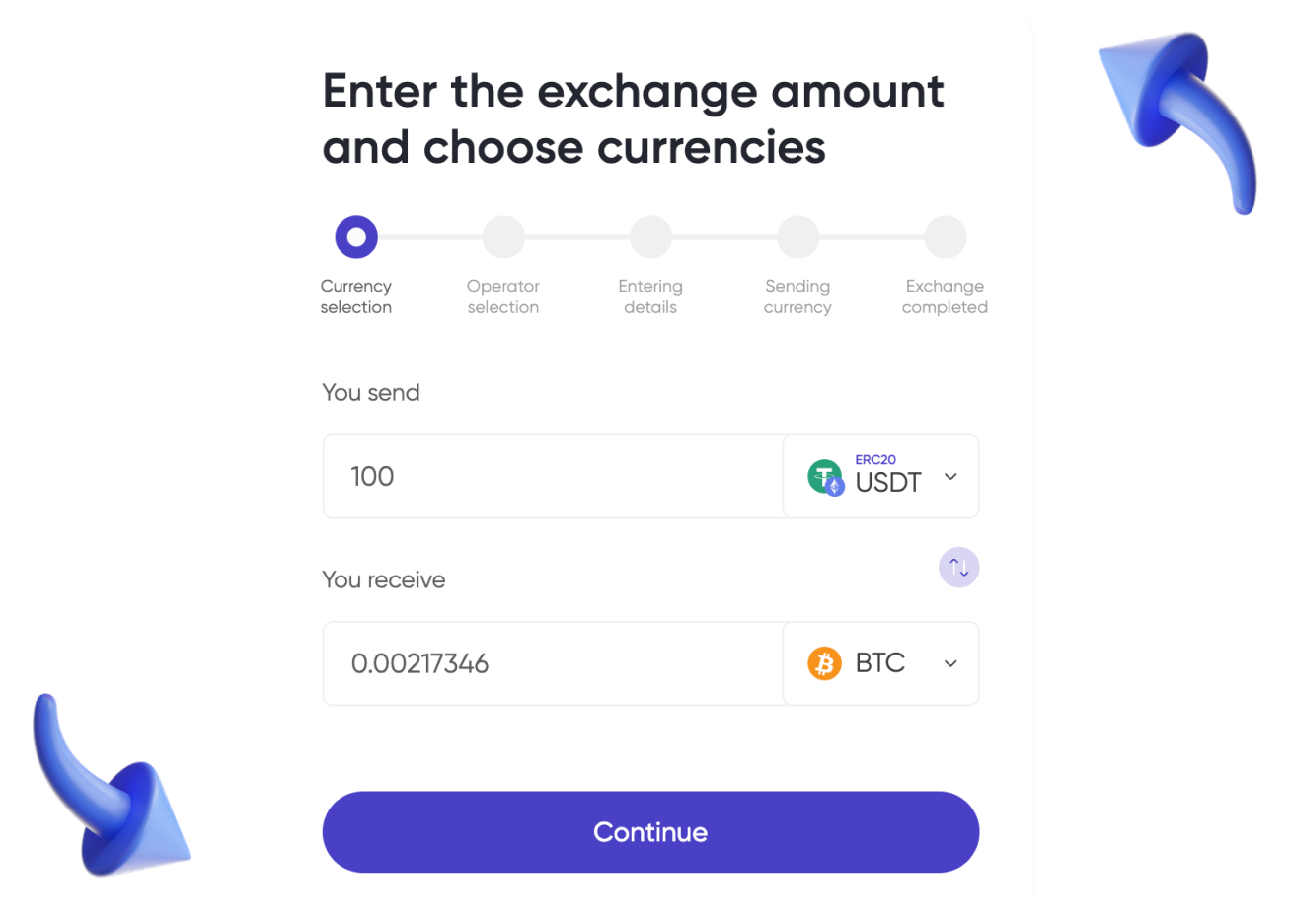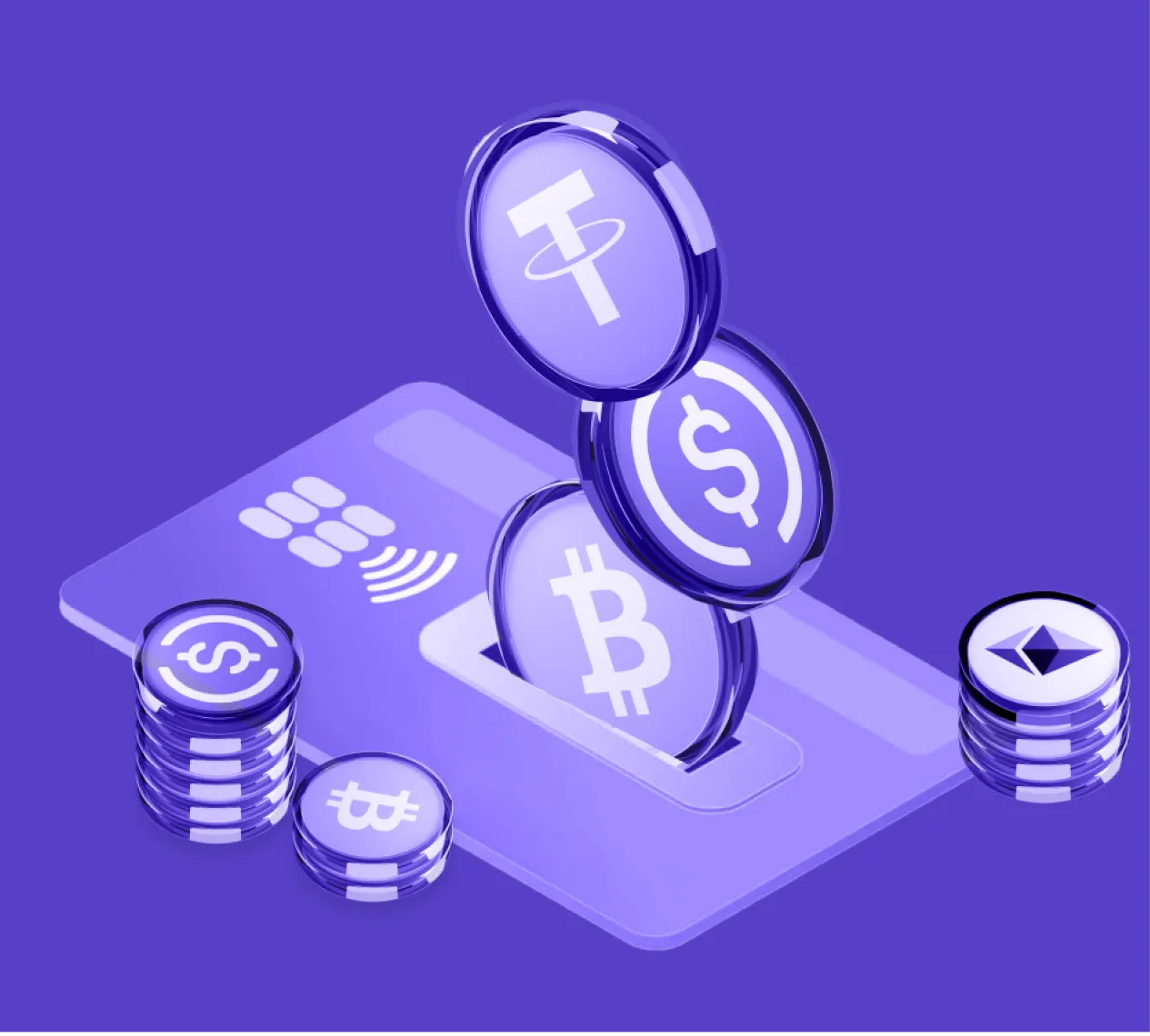Chargeback is a tool that protects the buyer from fraud or poor service provided by the seller. However, for entrepreneurs, chargebacks can be a source of high costs. According to Chargeback911, the average cost of a chargeback for a company is $190.
In this article, we'll discuss what a chargeback is, how it happens, and how accepting cryptocurrency payments can help.
What is Chargeback
Chargeback is the return of funds to the buyer on their initiative. In rare cases, the bank may be the organizer of the refund — this happens if the funds were debited as a result of a technical failure.
Chargeback procedure is performed by the payment system through which the transfer was made. Cancellation of the operation and return of money to the client's account is performed compulsorily.
Only when paying for goods or services through acquiring can the funds be returned. If the payment was made directly to the card or account, the return is possible only through the court.
To approve an application for a refund, the buyer must have a serious reason. For example, the transaction is approved if the goods were not delivered or have serious defects. The reason for a refund can also be debited as a result of payment data theft.

Chargeback Reasons
Chargebacks can be initiated for three reasons:
- Fraud. One of the common reasons is the theft of a bank card or payment information by intruders and using it to make a purchase without the owner's knowledge. Also, a fraud chargeback can occur if the attacker is the account holder himself, who took advantage of a loophole in the company's rules and claimed not to have received the goods.
- Customer dissatisfaction. Funds are returned to the client's account if the goods were not delivered or turned out to be of improper quality. Also the reason may be a discrepancy between the order and the description on the website, incomplete completion or incomplete service.
- Seller's mistake. Delivery of the order to the wrong address, delayed delivery, erroneous debiting of payment from the customer's card in double amount — all this can lead to a refund by the buyer.
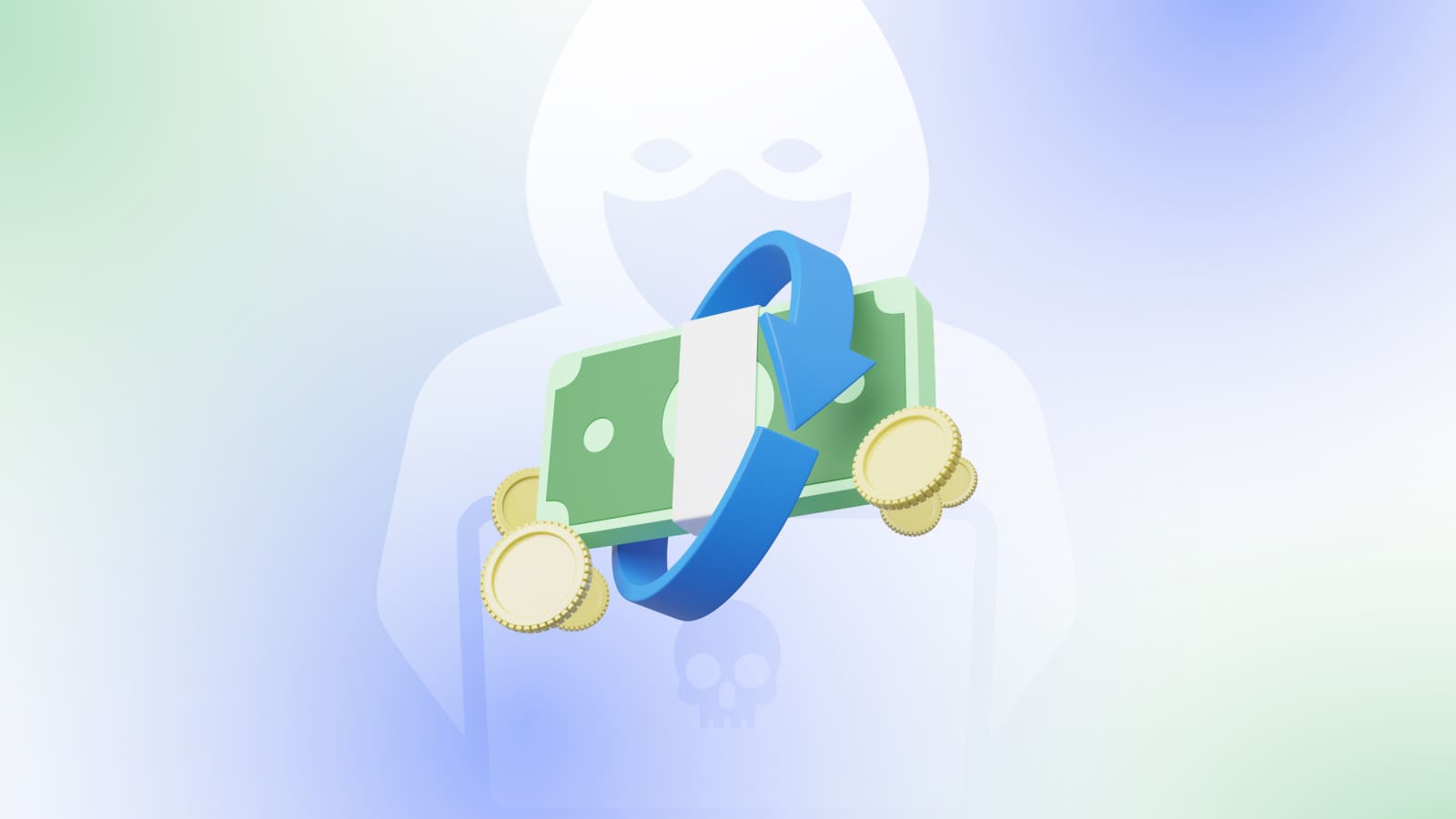
Chargeback Procedure
Refund processing involves several steps:
- The buyer submits a refund application to the issuing bank. He must specify not only information about the transaction, but also the justification for the refund with documentary evidence: screenshots of correspondence with the company, a copy of the appeal to the police in case of fraudulent transactions with the card, etc.
- The issuer evaluates the validity of the claim. If approved, information about the claim is passed to the payment system, which forwards the request to the acquiring bank.
- The acquirer may conduct its own investigation and request additional information from the merchant and buyer. If the issuer agrees with the withdrawal, the funds are debited from the company's account and returned to the customer. If there is a dispute, the payment system acts as an arbitrator.
- The company has the right to dispute the return and send the acquirer proof of its rightness. In this case, the situation is reconsidered and the evidence is sent to the customer.
- If the customer does not recognize the error and the company's evidence is not sufficient from the banks' point of view, the payment system again acts as an arbitrator. It makes the final decision.
All Chargebacks are executed and disputed according to the rules of the payment system that processed the transaction.
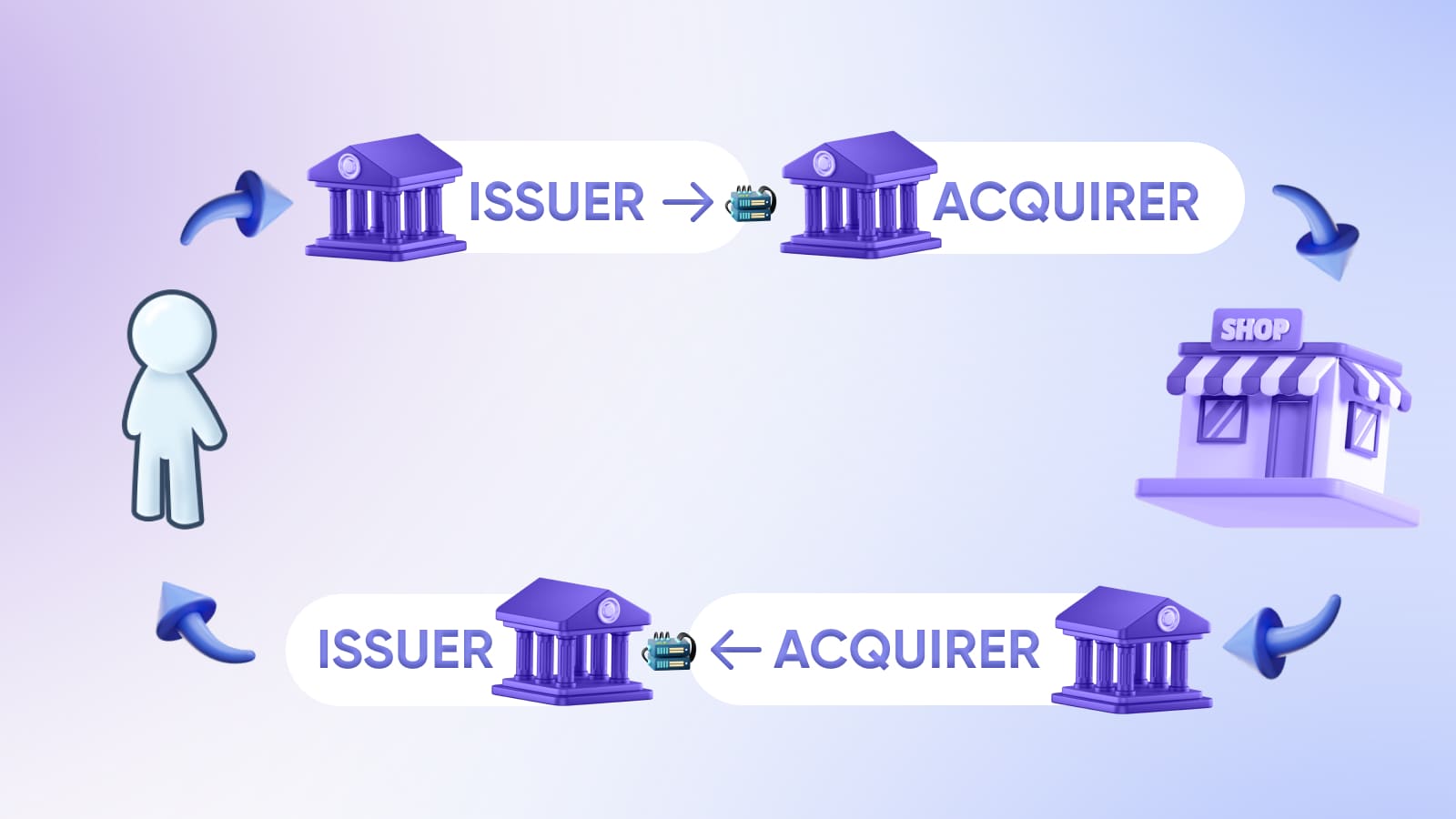
Company Expenses
If a customer does not file a return according to the company's internal rules, but goes straight to the bank, the business not only loses payment for the order, but also incurs material and reputational costs.
With an «interna» return, the company can offer the customer a replacement of the service or product for another, bonus accrual, discount on the next order, renewal of a paid subscription, etc. A chargeback on a bank card does not offer such an opportunity, and the company loses money. In addition, the entrepreneur incurs additional costs:
- Internet acquiring commission for processing transactions;
- the payment system's commission for the chargeback;
- a fine if the company was unable to prove its case.
For example, when using Stripe, the company pays $15 for chargeback, while in PayPal the amount of commission depends on the currency of payment.
The chargeback procedure makes it impossible to offer refunds and maintain customer loyalty, leading to reputational costs.
Finally, too many chargebacks can lead to problems with the acquiring bank. The payment system penalizes the merchant's bank for too many chargebacks. In response, the bank may impose sanctions on the company itself, including denying acquiring services entirely.

How to Avoid Chargebacks
To reduce the risk of a chargeback, we advise you to follow several recommendations:
- Make a detailed description of the goods and services, as well as the terms of their purchase. In particular, it is important to specify the characteristics and sizes of the products, the criteria for free shipping, as well as the terms of paid subscriptions and automatic debiting of payments.
- Provide buyers with a way to contact the company in case of problems, and try to respond to complaints and questions as quickly as possible.
- Capture confirmation that the order has been completed accurately and fully.
The above methods will help reduce business costs, but will not completely eliminate chargebacks. Accepting cryptocurrency payments will help protect against chargebacks. Such payments are irreversible. In addition, they are not subject to a fee for dispute resolution by the payment system.
Read more about the differences between the two payment methods in our article: «Bank and Crypto Acquiring: What Online Payment Option to Choose».

Cryptopayments as a Means of Combating Chargebacks
Cryptocurrency as a means of payment is a reliable way to protect against chargebacks. All transactions are recorded in the blockchain network and cannot be changed or deleted afterwards.
Thanks to this feature, a buyer paying with bitcoins or other cryptocurrency is forced to contact the seller to resolve any problems. As a result, the company gets more flexibility in resolving the conflict than if the dispute is handled by a bank or payment system.
Another advantage of accepting cryptocurrency payments is a lower likelihood of fraud. It is more difficult to gain access to the private keys required for payment than to the payment data of a regular bank card.

We have also updated the design of the personal account, making it more convenient for daily use. These changes will ensure the best experience with our service wherever you are and whatever device you are using.
Resolving the Charback Problem
Forced refunds through payment and banking systems are a source of significant costs for a company. One way to eliminate chargebacks is to connect a cryptocurrency payment system in addition to your main payment method.
Cryptocurrency transactions are irreversible. Accepting cryptocurrency as payment is especially beneficial if you sell goods or services overseas. Cryptocurrency acquiring services' fees are usually around 1%, while international bank transfer fees are 4-5%.
To learn more about connecting crypto processing and the benefits of a cryptocurrency payment gateway, you can visit CryptoCloud website and our FAQ section.







